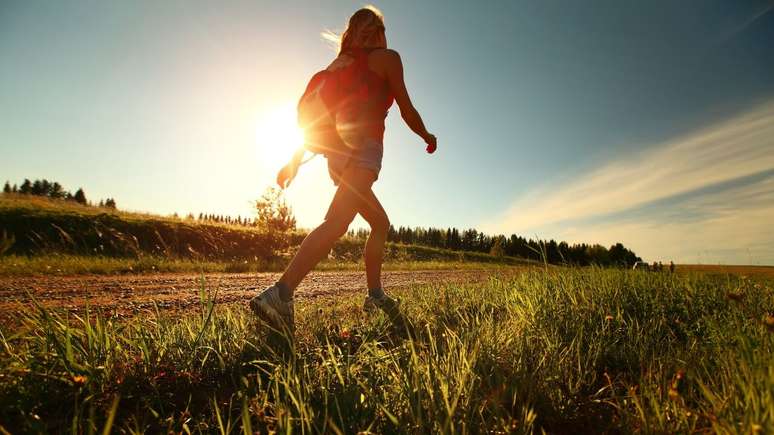Professor reveals four special techniques for taking a real walk
Ease, a noun that defines walking, that is, it can be done in parks, avenues or even in a neighborhood. Despite this well-known advantage, there are those who confuse the purpose of this modality. Walking does not mean walking, and the coordinator of the Physical Education course at Universidade Positivo, Zair Cândido de Oliveira Netto, will transmit four walking techniques in an interview with Sport Life.
First of all, what is the aid that enhances the gains from walking?
“Bodybuilding. Its tendency is to increase muscle mass. By increasing muscle mass we also increase our basal metabolism, which is the energy we expend even at rest or even while sleeping. So, walking three or four times a week, for at least half a day an hour and associated with weight training once or twice a week, already brings great benefit in promoting weight loss”, the endocrinologist of the Estância do Lago spa, Dr. Fabiano Lago, responded exclusively to Sport Life.
The Four Walking Techniques
Reduced disease risks
Sedentary lifestyle compromises health and exercise is essential from a metabolic and cardiovascular point of view. Therefore, the suggestion for sedentary people is to start with a few minutes, which already substantially reduces the relative risk of disease.
“For beginners, a moderate walk is preferable, not at an intense pace due to the adaptation of the cardiovascular system. Every time we start a physical activity, a medical visit is essential to check your physiological condition and your aptitude for physical effort, in this At the beginning of an activity like walking, even if it is a common practice, we must plan and monitor its intensity,” said Zair.
fast walking
“At this more intense pace, the body struggles to provide the necessary oxygen to the working muscles, resulting in an increase in heart rate. This change brings a series of benefits to the health of the cardiovascular system,” Oliveira Netto highlighted.
Muscle strengthening
Walking is enough to work several muscle groups and over time this strengthening impacts the leg muscles, which include the quadriceps, hamstrings, glutes and calves.
“These muscles are responsible for maintaining an upright posture while walking, helping to strengthen the core of the body. A strong body is essential for stability, balance and injury prevention,” Cândido reiterated.
Group walk
“By incorporating both structured and recreational approaches, it is possible to enjoy the physical, mental and emotional benefits that walking offers. It provides a perfect balance between caring for the body and appreciating the moment, making it a practice that harmoniously combines physical activity and leisure,” concluded Zair Cândido de Oliveira Neto.
Source: Terra
Ben Stock is a lifestyle journalist and author at Gossipify. He writes about topics such as health, wellness, travel, food and home decor. He provides practical advice and inspiration to improve well-being, keeps readers up to date with latest lifestyle news and trends, known for his engaging writing style, in-depth analysis and unique perspectives.








